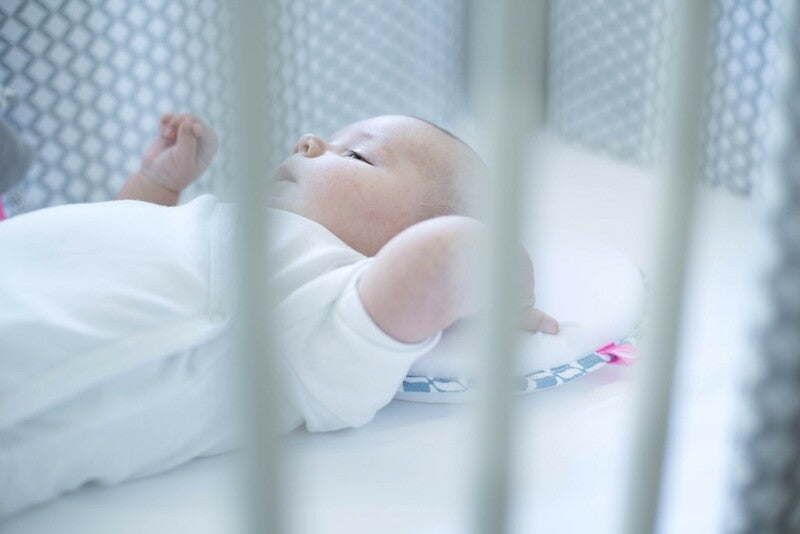How is the baby pacifier sterilized?
Parents with small children who take the pacifier ask themselves this question at least ten times a day (if not more!) Considering that the times when the pacifier falls on the ground and needs to be cleaned and sterilized are really many. The pacifier, from the first months, can be a valuable helper for parents. Without demonizing it, if used in the right way it can help the child to calm down without becoming a vice from which it is difficult to break away. It is certainly not an indispensable object and pediatricians advise not to use it in the first 20-30 days of the baby's life to facilitate breastfeeding of the mother, but it can be useful to satisfy one of the natural needs of the baby, that of sucking.
Removing the pacifier from children is an important step in growth and autonomy, but as long as the little one uses it to simulate sucking, reassure himself and calm down, the use of the pacifier can be managed in a rational and functional way, always cleaning it with all the precautions and often .
How to sterilize children's pacifiers at home.
In the first six months of the baby's life, it is preferable to sterilize the pacifier once a day. If this falls to the ground or gets dirty, then a more thorough cleaning will be required, but in cases where the pacifier sits quietly next to the baby without getting dirty, one sterilization per day in boiling water is sufficient. Otherwise, washing with water is the proper way to always keep it clean, especially in the first months.
How to sterilize the pacifier
There are two ways to sterilize the pacifier: you can boil it (with boiling water for at least 5 minutes) or you can use steam (through the use of special sterilizers). There is also a third method, whereby a disinfectant solution with sodium hypochlorite can be used. This type of sterilization can be done for the entire first 6 months of the baby, then running water becomes the best way to clean it.
Put the baby pacifier in the mouth, yes or no?
The temptation to clean the pacifier by putting it in your mouth, especially when you are away from home and you do not have the possibility to sterilize it or wash it under running water is always very strong. And many parents obviously do it without problems. Although there is research that says that sucking the baby's pacifier to clean it helps children with allergies, Italian pediatricians agree that the passage of bacteria and germs from the mouth of mom or dad to that of the child is never a a positive thing, especially if it is a newborn with an immune system that has yet to be strengthened. Always carry a bottle of still water with you or buy a travel sterilizer for emergencies.
How to clean the pacifier outside the home
Having a bottle of water in your bag just in case is always good and right. Thus, if the pacifier falls while the baby is out for a walk with the parents, it can always be quickly remedied while waiting for complete sterilization. There are also pacifier-sterilizer wipes and small portable sterilizers that can be carried comfortably in the baby's bag. As at home, however, the rule of cleaning under simple running water applies if it falls or gets dirty frequently.
When to change the pacifier?
If you see obvious lesions on the pacifier, often caused by the bites of the child if he already has teeth, it is good to change it. In general, a pacifier should be changed every two months anyway: the silicone ones should be replaced in case of abrasions; those of rubber when they become porous and have a whitish patina. In this case, in fact, they can become carriers of bad smells or worse, of bacteria.






Leave a comment